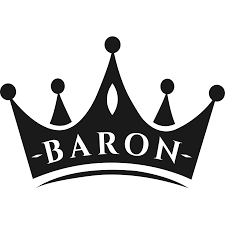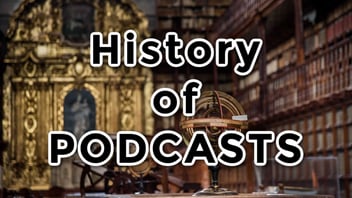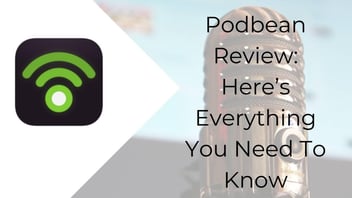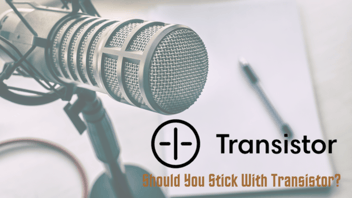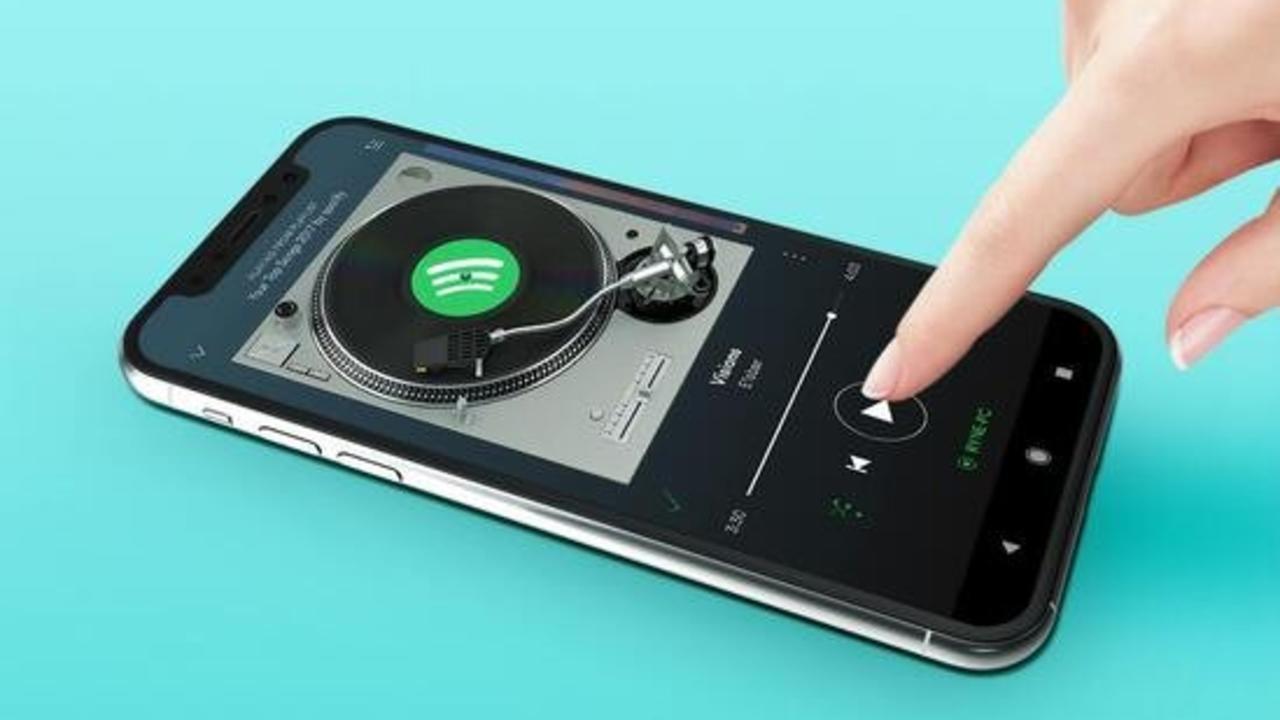
Jumping On The Podcast Bandwagon?
Are you looking to start a podcast? I don’t blame you. Podcasting is a great way to share your product or service. It’s a substantial part of the Content Marketing Funnel, as your podcasts can bring awareness to customers, and that can turn them into buyers.
Podcasting is not only for big businesses. It’s a great way to build your brand around something that you love. By showing your personality and helping others through your episodes, you can parlay that into a lucrative business. In terms of hosting your content, starting a podcast on Spotify is an excellent option.
Spotify is a music streaming service that gives users crystal-clear access to millions of songs and podcasts. We’re going to cover how to get set up, submit, and maximize the platform for future podcast success.
Why Start A Podcast On Spotify?
From Soundcloud and Apple to Podbean, Spreaker, and Stitcher, there are several great media hosts available. Surely, you can invest in one or all of these platforms. Apple may even be most podcaster’s platform of choice.
But there may be some value in going all-in on Spotify. For starters, Spotify is going all-in on podcasts. Over the last three years, the company has spent millions in securing exclusive podcasts and podcast companies like Gimlet Media and Anchor. The latest and most prominent deals include exclusive rights for Joe Rogan’s podcast and purchasing The Ringer from Bill Simmons.
That means there will soon be a shift in users to Spotify.
The platform is already closing the gap with Apple, as now the 2nd highest podcast platform.
So positioning yourself on a platform that’s devoted to podcasts can pay off in the long run.
Here are the steps to quickly get your stuff on the platform.
Recording And Hosting Your Content
Spotify does not host your podcast. It distributes your content via an RSS feed. You need to create and host your podcast on a platform like Anchor, Podbean, Buzzsprout, Spreaker, or other aggregators. You’ll be sharing the RSS feed generated by your host with Spotify. Before starting your podcast, decide on the type of content and format of the program. From there, record a few episodes and upload them on your hosting platform. Here are some other blogs that will help with creating your podcast:
Once you’re ready to go, it’s time to create your Spotify account.
Creating Your Spotify Account
Head to podcasters.spotify.com to create a podcaster’s account. Click ‘Log In’ at the top of the screen or the ‘Get Started’ call to action button. From there, you’ll be prompted to log in with your credentials or create a new account. If you’re building a new account, you can use your Facebook or Apple login. After signing in, you’ll see Spotify’s terms and conditions.
The next page would be Spotify’s terms and conditions. Since no one reads Ts & Cs, here are a few important notes:
- Avoid sponsorships that involve pornography, drugs, religious or political content.
- Avoid sponsorships of competitor platforms.
- Do not use or infringe upon the Intellectual Property of any third party.
- You’re using the platform ‘as is.’ That removes liability for crashes, bugs, or infringement on rights relating to the use of authorized content.
- Spotify can place ads in your content at any time. Sorry, your hands are tied if you’re deciding on choosing the platform.
Add your name then move on to the next screen.
Add Your RSS link
The next screen prompts you to add the link to your podcast content. This is your RSS feed. An RSS is a simple way of aggregating and syndicating content that updates real-time. Your podcast host should generate an RSS link for your podcast automatically. Some may even have Spotify integration, making the process easier. This blog post by Podcast Insights shows you how to make or find your RSS link. Once you find your link, copy, and paste it in the space provided.
Verify the RSS link and podcast details
Once you submit the RSS feed, Spotify needs to confirm that you own the feed. Check your email for a verification link with a numerical code. Once you get the code, place the code in the space provided. From there, Spotify needs to know some details about the podcast. This includes the location, language, and podcast category. You can choose up to 3 categories and three subcategories for each. Verify the information then click Submit.
Approval and Upload
Once everything checks out, Spotify will give you a confirmation message on the screen that it’s been submitted. They then review the podcast and, once approved, upload the content to the platform. This can take anywhere from a few hours to a few days.
You may not get a confirmation, so check periodically to make sure your podcast is updated. Spotify updates daily, so consider that when adding future episodes.
Congratulations, your podcast is on Spotify! But that’s not all. To get the most out of your podcast, here are some other tips to maximize the experience.
A professional look
Make sure you have a professional-looking podcast image. Use a platform like Canva to create your image. If you’re not, use platforms like Fiverr, Upwork, or 99Designs to get it professionally done. Add detailed descriptions to entice both new and existing subscribers. The better the look of your podcast, the easier it will be to attract new listeners.
Promote your podcast
With over 450,000 podcasts on Spotify, you want to stand out in a sea of content. That means you can’t just build it, expecting people to flock to your show. Make sure to promote on every platform possible.
You can create content for social media using audio snippets that link back to your Spotify Podcast.
Try creating a video version of your podcast, if you’re not recording video.
The best way to promote is to secure a guest interview on someone else’s podcast or attract high-profile guests to your own. Leveraging other people’s platforms is a surefire way to grab some new subscribers.
Ready To Tackle Spotify?
There are different platforms you can use to distribute your podcast. However, Spotify continues to devour the podcast market share. You have the opportunity to get your podcast in front of hundreds of millions of paid and free listeners. Once your episodes are ready, then it’s only a few simple steps to get on the platform. From there, start promoting your podcast so you can grow your audience, brand, or customer base.
